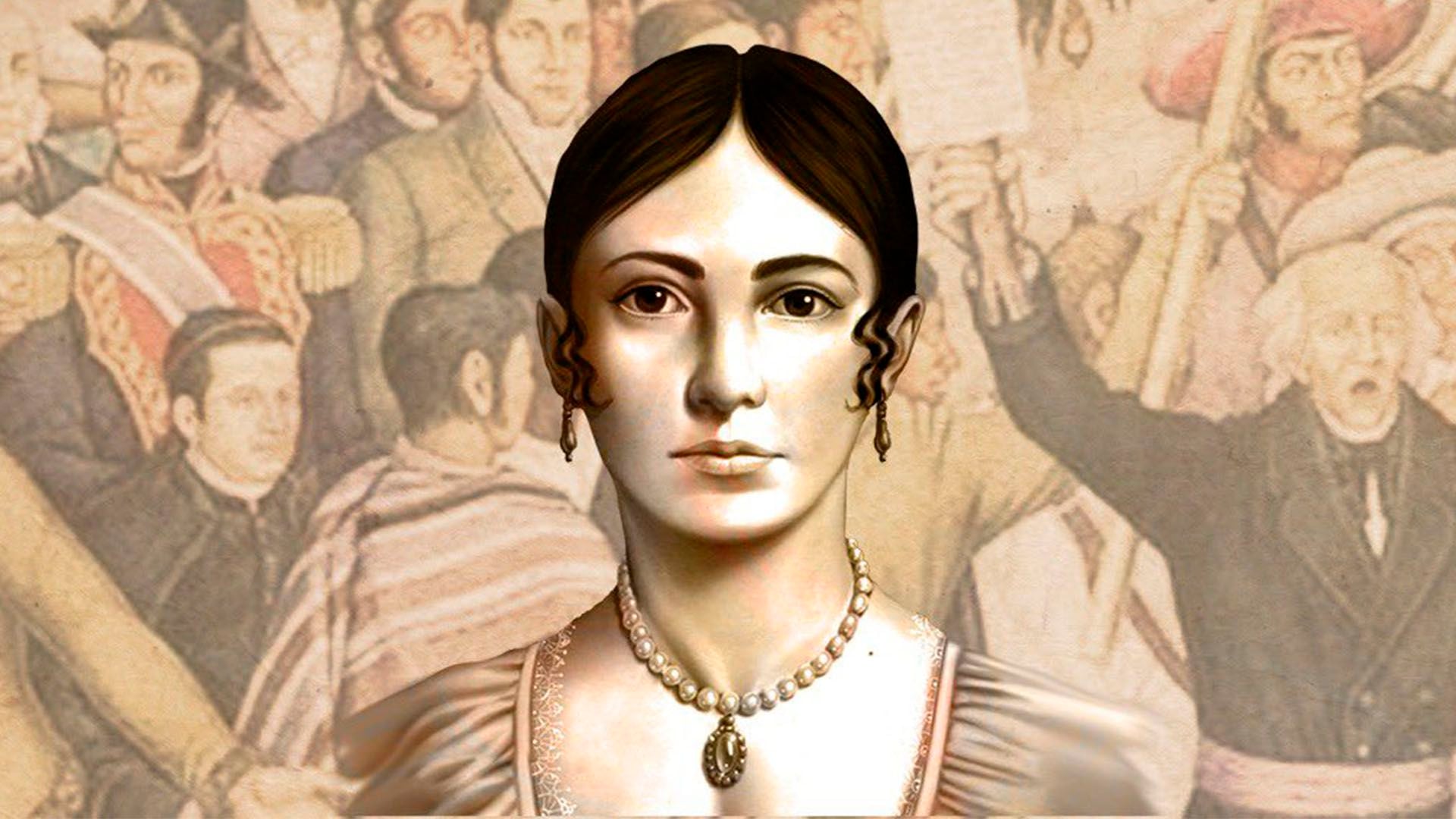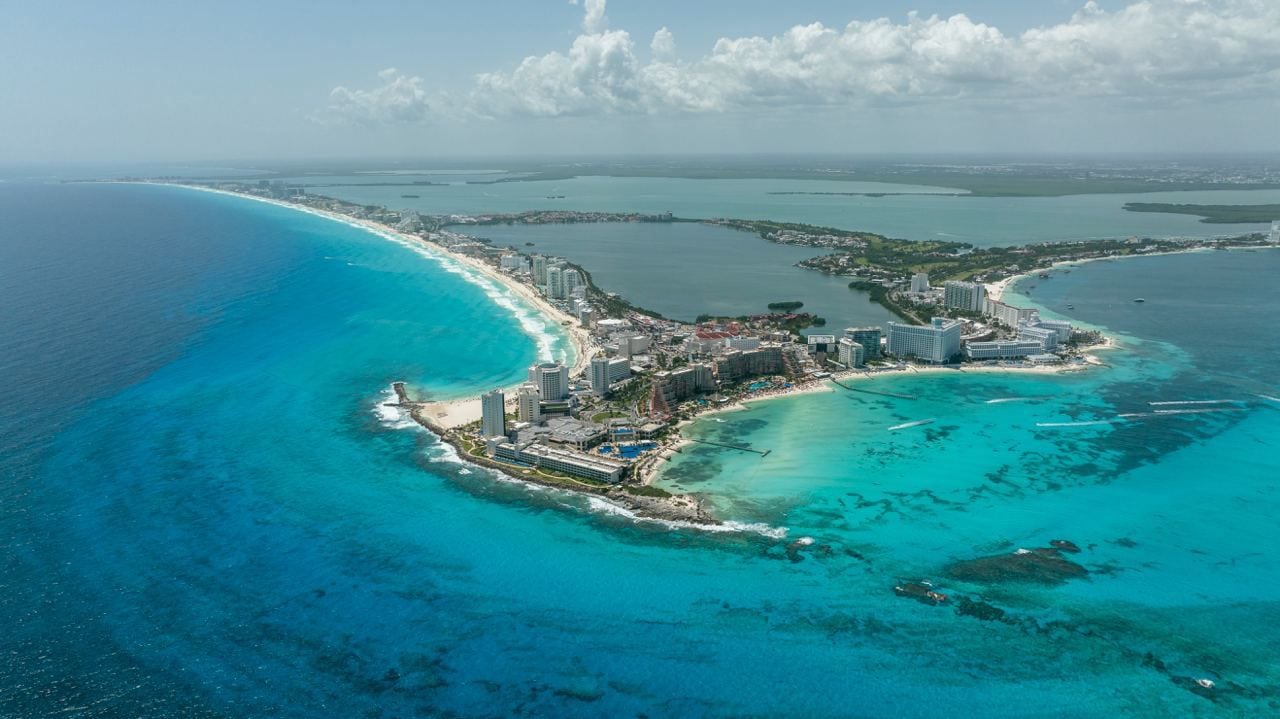:quality(85)/cloudfront-us-east-1.images.arcpublishing.com/infobae/X273OIHQ3VHLTB5PE2JLJZTUVM.jpg 992w)
Throughout the history of Mexico, various characters have stood out, perhaps some more recognized than others. During the time of the War of Independence, which began in 1810 and ended in 1821, many people helped make Mexico a free country, and move away from the yoke of the Spanish crown.
Perhaps some of the most recognized characters in this important historical event are Miguel Hidalgo I. Costilla, José María Morelos y Pavón, Josefa Ortiz de Domínguez, Vicente Guerrero, Agustín de Iturbide, among many others.
One of the names that also stood out in the independence movement, although his name is less mentioned, is that of Andrés Quintana Roo, who was the husband of Leona Vicario and for whom the southern state of the country was named Quintana Roo, and who by the way, died on a day like today, April 15, but in the year 1851.
Andrés Quintana Roo was a vitally important character in Mexico's independence movement. He was born on November 30, 1787 in the municipality of Mérida, in Yucatan. His parents were Jose Matias Quintana and Maria Ana Roo from Quintana. As a child he studied at the seminary of San Ildefonso, in his hometown, distinguished by his clear talent and his fondness for letters. In 1808 he moved to Mexico City, where he continued his law studies at the Royal and Pontifical University of Mexico. At the University he studied the baccalaureate of arts, canons and to obtain his license as a lawyer.

He was a lawyer, poet, politician and journalist in New Spain who participated in the War of Independence, and married Leona Vicario, who likewise had great importance and stood out in the War of Independence. He was also a formidable essayist and a prolific writer, as evidenced by the numerous newspaper articles and his energetic prose speeches. His work in verse and prose was recorded in newspapers and magazines of the time.
He began in poetry at a very young age, published some classical poem, and later became part of the group of romantics and neoclassics, identified with liberalism that Altamirano identified as the poets of Independence.
He published his poems regularly in the Diario de México. Menéndez Pelayo, who spared no praise for Quintana Roo, found in his verses reminiscent of other authors. At the house of lawyer Agustín Pomposo Fernández de San Salvador, of whom he was a disciple although the latter supported the Spanish crown, Andrés Quintana Roo met Leona Vicario, whose uncle the lawyer was, a staunch enemy of the Insurgentes. As a young man, he immediately fell in love with Vicario, who reciprocated his love, and since Quintana Roo was already thinking of joining the insurgency, he asked lawyer Fernández for permission to marry his niece, which was denied, precisely because of the ideological differences between the two professionals.
After this, Quintana Roo went to join the Insurgentes, and taking advantage of the forced separation, Leona Vicario rendered her services to Independence. Discovered in 1813, she was locked up in the school of Belén, from where she managed to escape in disguise, and later married Andrés in Tlalpujahua, Michoacán, accompanying him ever since in the campaign tenders.

In a cave on a mountain, Leona gave birth to her first daughter. From 1818 they were able to settle in Mexico City, where Quintana Roo dedicated himself to his profession as a lawyer and to write his many literary and historical works.
At the triumph of Independence, Andrés was deputy, senator, and president of the Supreme Court of Justice, as well as being Secretary of Foreign Affairs during the administration of Gómez Farías.
On November 24, 1902, by presidential decree, the Federal Territory of Quintana Roo was created, named after the Yucatecan hero. Its area of 50,000 km2 was divided into three districts: North, with the municipalities of Isla Mujeres, Cozumel and Holbox; Centro, with the municipality of Santa Cruz de Bravo; and South, with the municipalities of Payo Obispo, Bacalar, Xcalak and Icaiché. Its first capital was Santa Cruz de Bravo and General José María de la Vega, its first governor and political chief.
KEEP READING:
